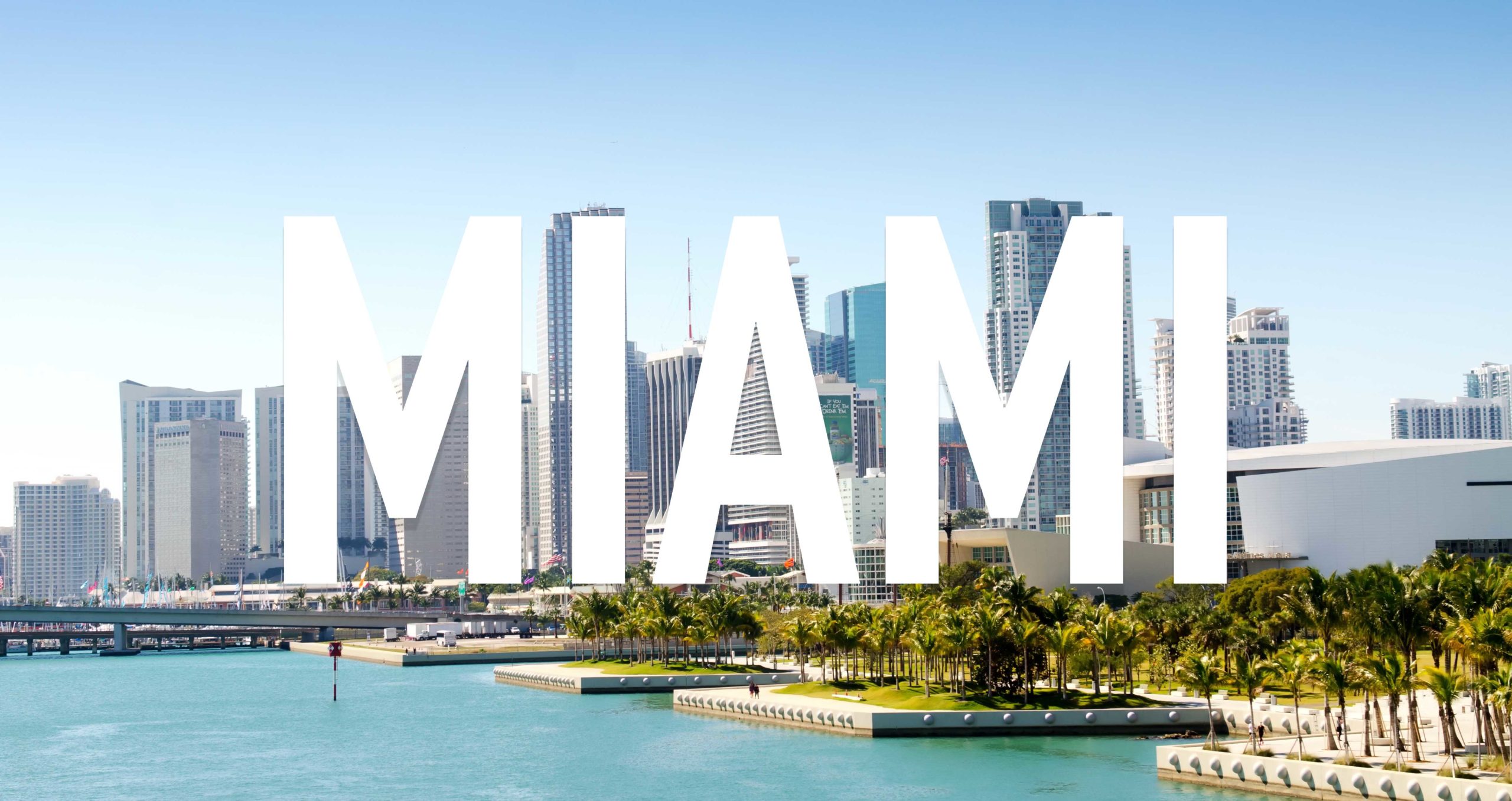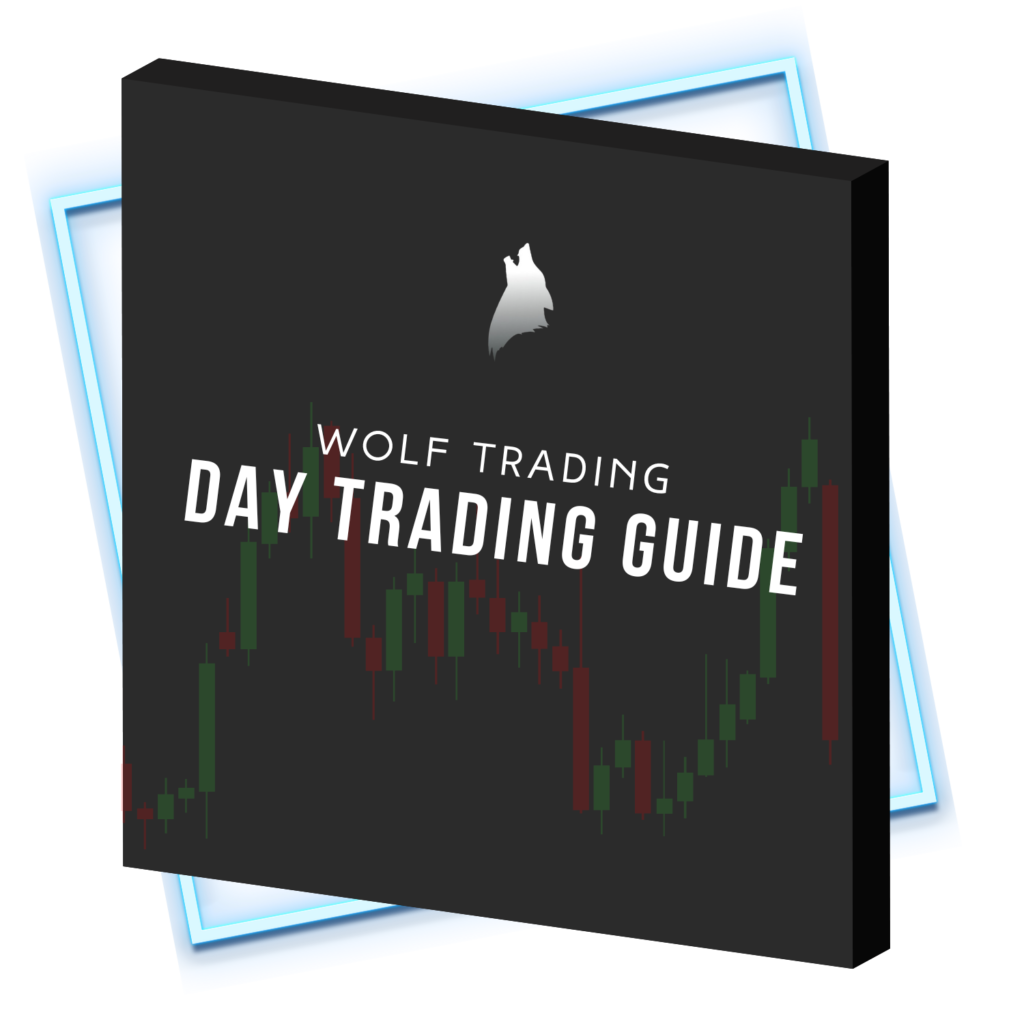In the world of trading, efficient order execution is crucial for success. Traders utilize different types of orders to buy or sell financial instruments. Understanding these order types is essential for executing trades with precision and maximizing profitability. In this article, we will explore the most common order types used in trading, including market orders, limit orders, stop orders, and more.
Market Orders:
A market order is the simplest type of order. When placing a market order, a trader instructs their broker to execute the trade immediately at the current market price. Market orders prioritize speed of execution over price, ensuring that the trade is filled promptly. However, since market orders are executed at the prevailing market price, there may be a slight difference between the desired price and the actual execution price.
Limit Orders:
Limit orders allow traders to set a specific price at which they are willing to buy or sell an asset. A buy limit order is placed below the current market price, while a sell limit order is placed above it. These orders provide traders with control over the execution price. Once the market reaches the specified limit price, the order is triggered and executed. However, there is no guarantee of immediate execution, as the market must reach the desired price for the order to be filled.
Stop Orders:

Stop orders are used to limit potential losses or protect profits. A buy stop order is placed above the current market price, while a sell stop order is placed below it. These orders are typically used to initiate a trade once the market reaches a certain price level. For example, a trader may place a sell stop order below the current price to trigger a trade if the market starts moving in a bearish direction. Stop orders are particularly useful for managing risk and entering trades based on anticipated price movements.
Stop-Limit Orders:
Stop-limit orders combine features of stop orders and limit orders. They include both a stop price and a limit price. When the market reaches the stop price, the order is triggered, and a limit order is placed at the specified limit price. This order type provides traders with greater control over both the activation of the order and the execution price.
Trailing Stop Orders:
Trailing stop orders are dynamic orders that automatically adjust as the market price moves in a favorable direction. A trailing stop order is placed as a certain percentage or dollar amount away from the current market price. As the market price increases, the trailing stop order moves accordingly, maintaining the specified distance. However, if the market price starts to decline, the trailing stop order remains fixed. Trailing stop orders are commonly used to lock in profits while allowing for potential further gains.
Mastering different types of orders is essential for traders seeking to navigate the complexities of financial markets. Market orders, limit orders, stop orders, and other order types offer flexibility, control, and risk management. By understanding these order types and their functionalities, traders can execute trades with precision and enhance their overall trading strategy. It is important to remember that each order type carries its own advantages and considerations, and traders should align their order choices with their specific trading goals and risk tolerance. With practice and experience, traders can leverage these order types effectively to optimize their trading outcomes.






